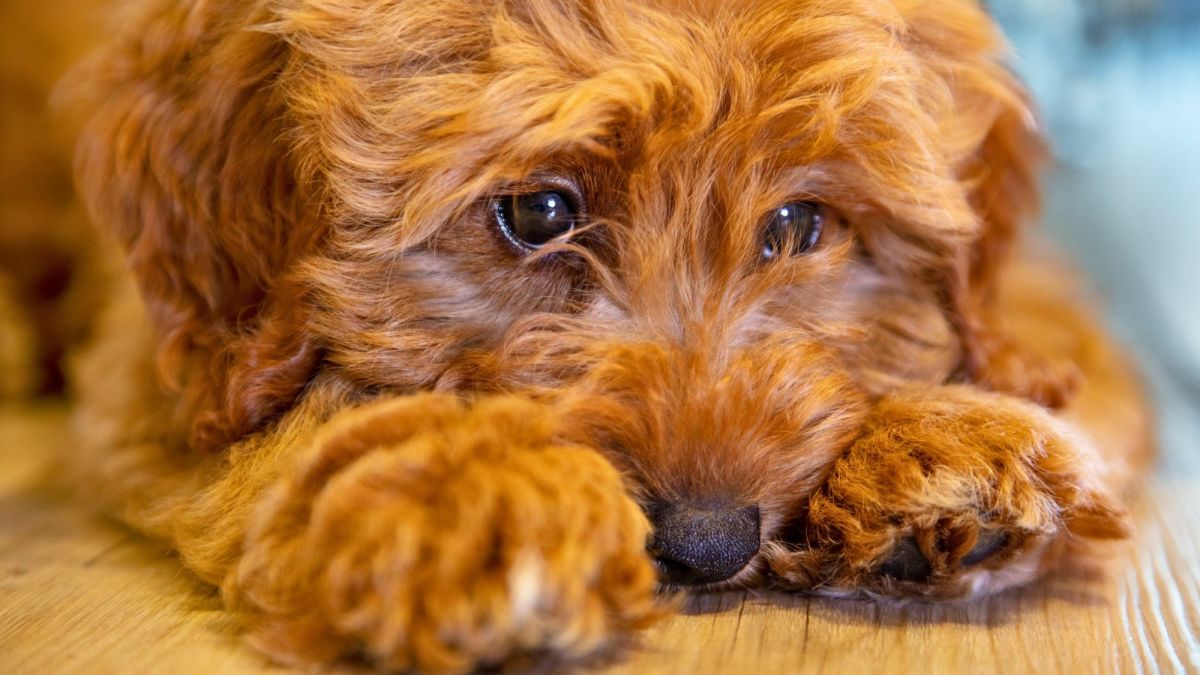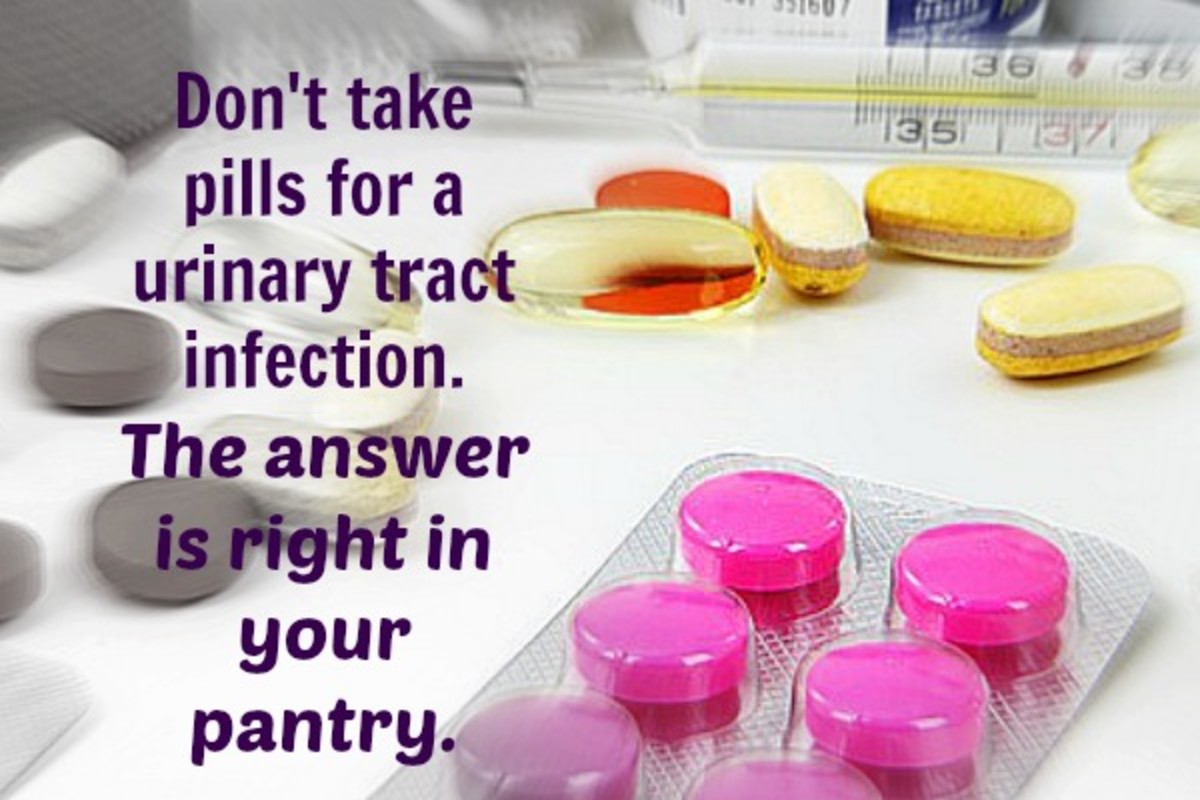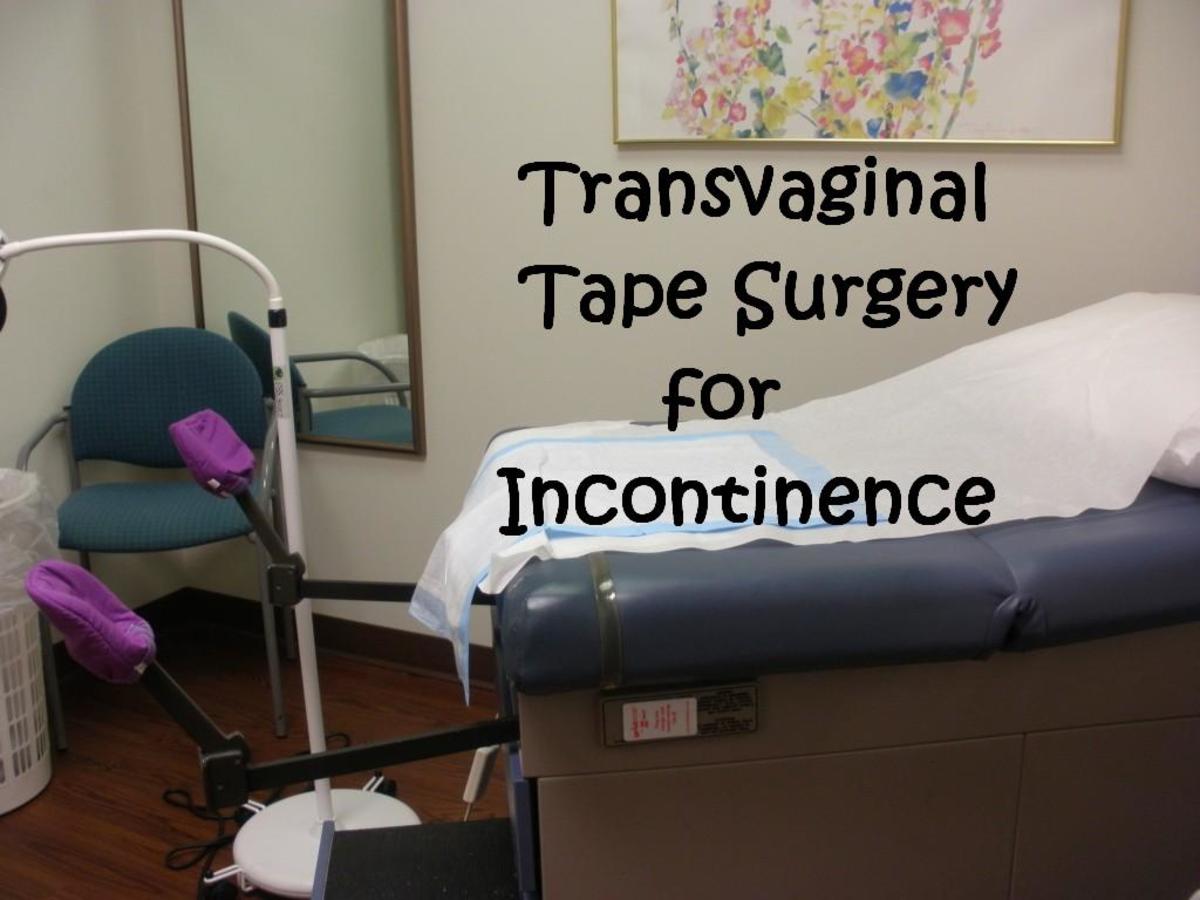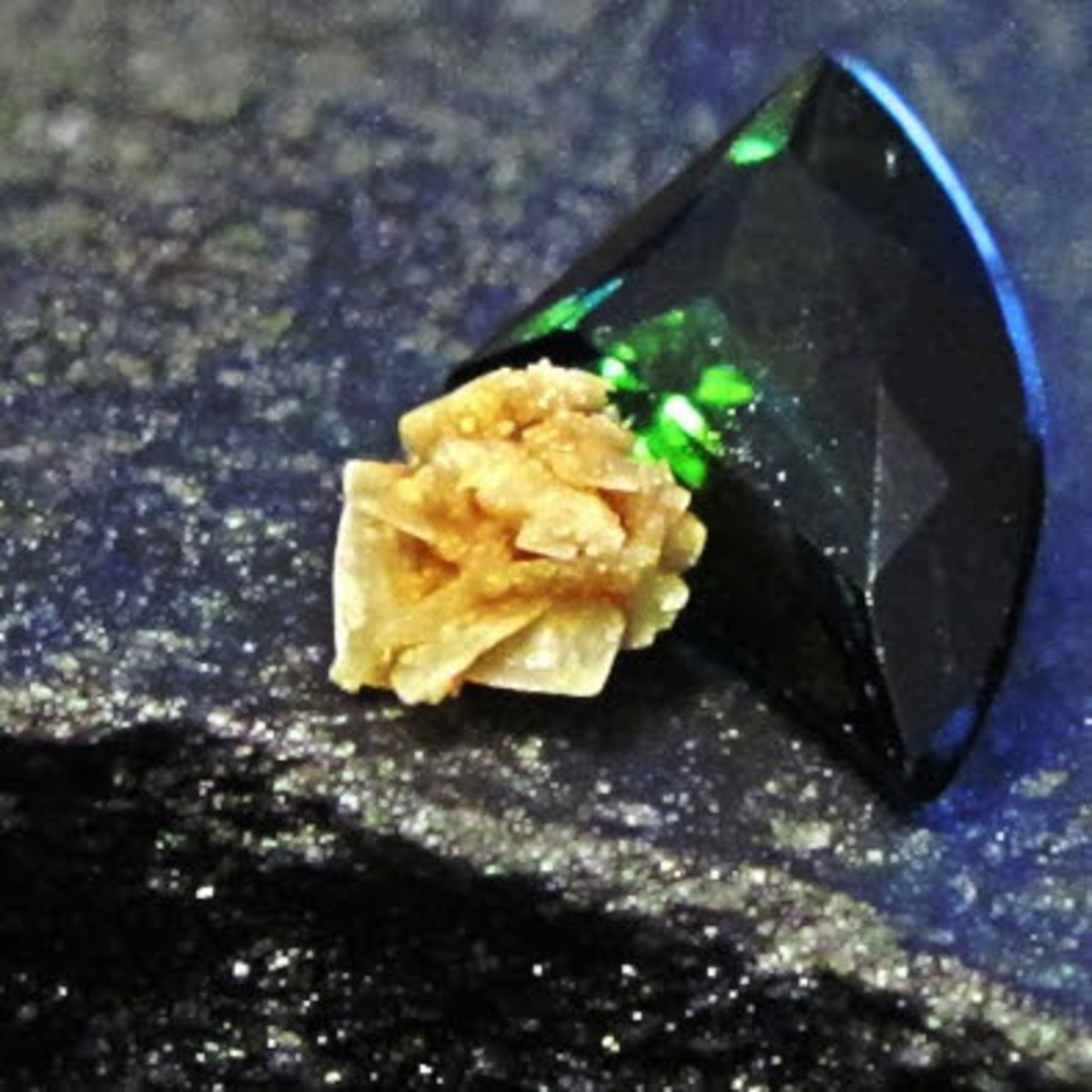Treatment Choices for Incontinence

Many people consider incontinence or urinary leakage to be a normal part of aging. Women especially have a tendency to use pads to manage the leakage and avoid discussing the issue with anyone, even their doctor. Even though incontinence is not a physically painful condition, it can be quite debilitating.
There are many effective ways to treat the condition and to regain control of your bladder. Most of these treatment options are not expensive and they are quite effective. Since there are several different issues that can cause urinary incontinence, getting a proper diagnosis helps to find the cause and get the proper treatment. Possible causes include an overactive bladder, weak pelvic floor muscles, a bacterial infection, or a prolapsed bladder.
There are two main types of urinary incontinence, and some people have a combination of both. Stress incontinence is when you leak a bit of urine when there's pressure on your bladder, such as when you cough or sneeze. Urge incontinence, also known as overactive bladder, is when you feel a sudden urge to urinate, and sometimes accidentally leak urine. Some of these treatment options work better for one type than it does for the other, while some of them work well for both.
Potential Causes of Urinary Incontinence
Some causes of urinary incontinence include:
- muscles that support the bladder become weak
- uterus pressing on the bladder
- atrophy of tissue and muscle due to a loss of estrogen, especially after menopause
- irritants and inflammation that reduce muscle control
- injury due to childbirth or other trauma
- some emotional issues due to personal trauma
Kegel Exercise for Incontinence
One of the most effective treatment methods for incontinence is a Kegel exercise. It strengthens the muscles on the pelvic floor and helps regain bladder and renal control. This exercise can be done anywhere without needing any equipment, and without taking up any of your time. My doctor recommended doing it while waiting for the light to change while I was driving.
The exercise must be done correctly in order for it to work. If you find that the exercise is not working for you, you should consult your doctor. There are many different ways that doctors help to make sure that the patient knows how to do the exercises correctly, and your doctor can help you find the one that will work best for you.
Bladder Training
If you need to go to the bathroom quite frequently, bladder training helps you increase the time between visits in a controlled progressive fashion to prevent emergencies and leaks. You train your bladder to hold more urine and to wait until you are ready to go instead of having to run to the bathroom as soon as you feel the slightest urge.
Change Your Diet to Cure Incontinence
There are foods and drinks that can cause incontinence. You can test to see whether they cause an issue by temporarily eliminating (or reducing) them one at a time until you see which ones affect you. These foods and drinks include:
- excessive water
- alcohol
- caffeine
- spicy foods
- acidic foods
- carbonated beverages
Sometimes it is a specific food or drink that triggers the incontinence instead of a whole category of foods. For example, in the caffeine category, I can drink coffee without having any issues, but tea causes problems right away.
Lifestyle changes to Avoid Incontinence
Depending on when you leak, you may be able to make some small changes in your lifestyle that will help you avoid accidents. For example, you can:
- avoid drinking beverages before bedtime
- develop a habit of going to the bathroom right you go to bed
- go to the bathroom as soon as you wake up
- make sure you go to the bathroom before you leave the house to go anywhere
Prescription Medication
For urge incontinence, prescription medicines are available that will relax the bladder and reduce the urgency. While these medicines don't cure the problem, they do help treat the overactive bladder and bring relief to people who have to go to the bathroom frequently. They help to reduce bathroom visits and leakage. Dry mouth is a common side effect of these medications.
Some brand names include Enablex, Toviaz, Ditropan, Gelnique, Vesicare, Oxytrol, Detroltrospium and Sanctura.
Surgery
As a last resort, surgery is also an option for stress incontinence. The surgery for urine incontinence is fairly new. In the past, the muscles of the pelvic floor were attached to the public bone, in a way to provide a sling. This was not very effective as a long term procedure, and patients had to get new procedures in about ten years or less. Another method was to insert a mesh on the pelvic floor. This mesh created a great deal of trouble and many class action lawsuits are in the works because of this.
My doctor recommended a Tension-Free Vaginal Tape (TVT) surgery for stress incontinence in women. With this procedure a tape is inserted under the urethra. This does not hold up the urethra, but keeps it from falling down under pressure.
Treatment Choices for Urinary Incontinence
You do not need to suffer from urinary incontinence since there are a variety of treatment options you can use either alone or in a combination.
- Kegel exercises
- lifestyle changes
- bladder training
- prescription medication
- diet changes
- surgery








